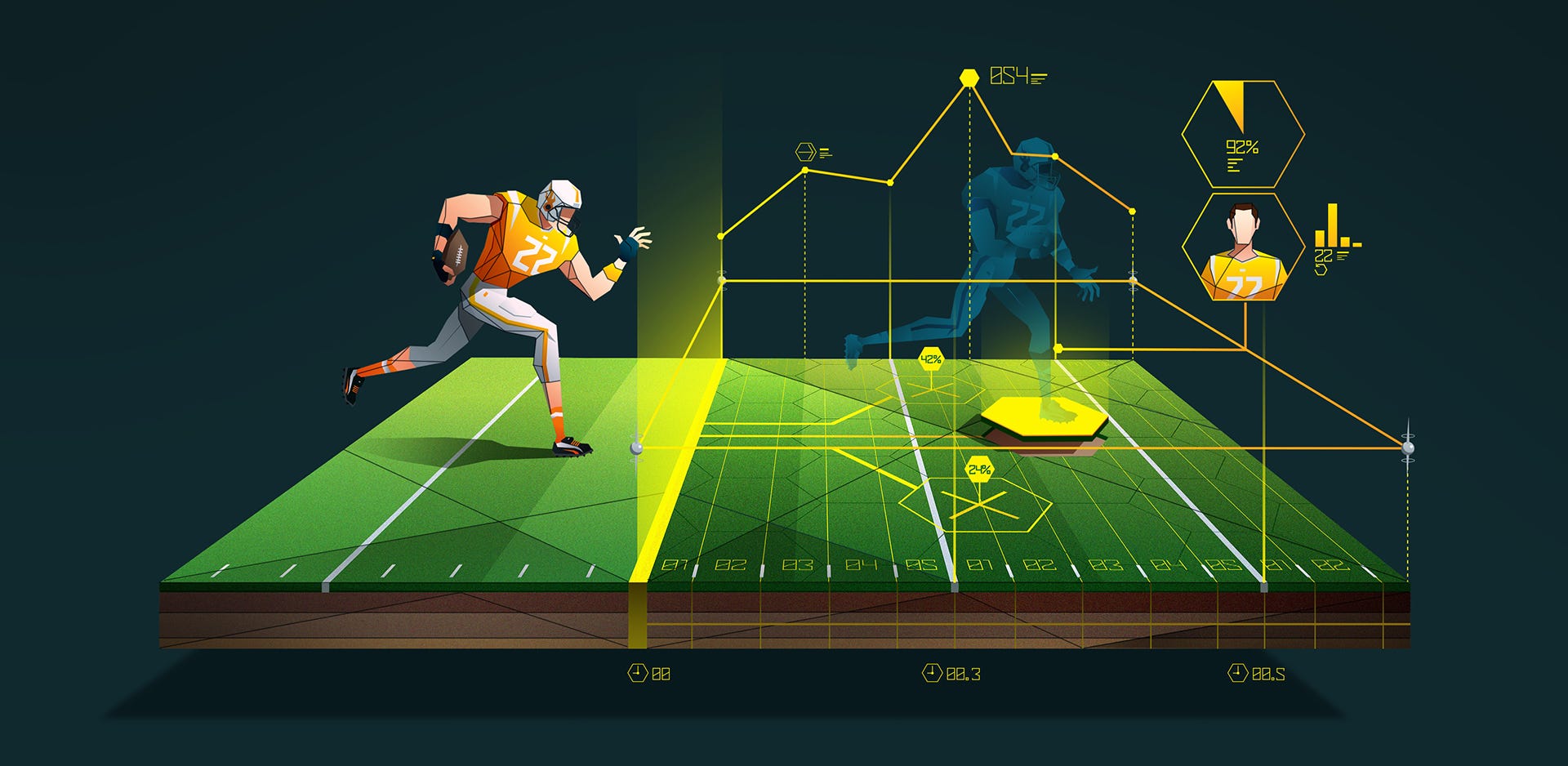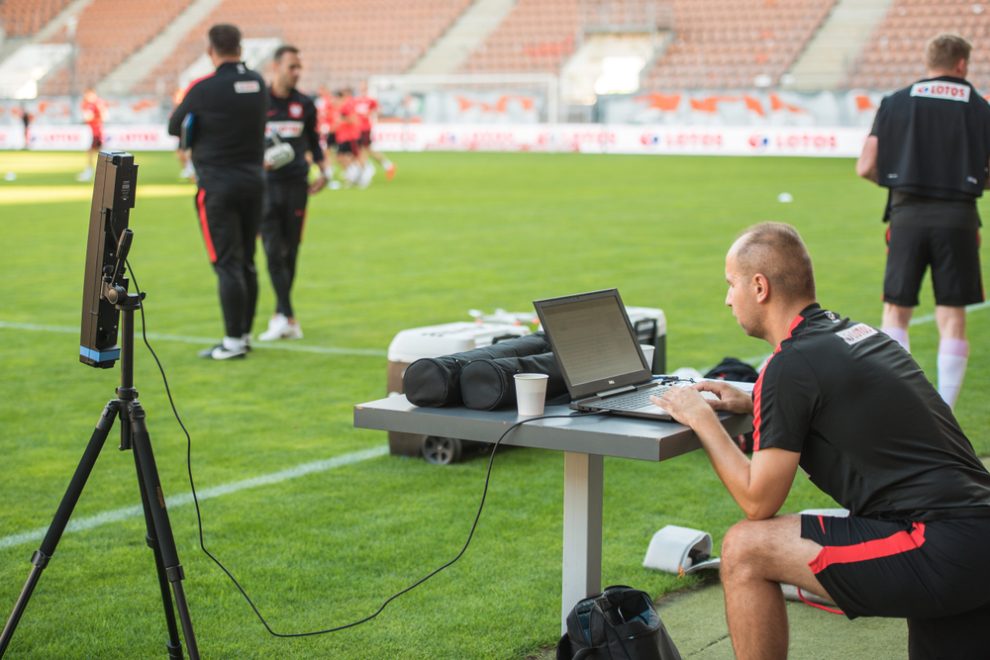The roar of the crowd, the thrill of victory, the sting of defeat – sports have captivated humanity for millennia. But today, a new force is entering the arena: data analytics. By harnessing the power of data, coaches and athletes can gain unprecedented insights, optimize training, and achieve peak performance. Let’s explore how data analytics is transforming the world of sports:
1. Player Monitoring and Performance Optimization:
Sensors, trackers, and wearable technology generate a wealth of data on everything from heart rate and muscle activation to speed, distance, and agility. This data can be analyzed to:
- Identify strengths and weaknesses: Coaches can pinpoint individual player skill gaps and areas for improvement. Imagine analyzing shooting patterns to identify optimal release points or using sprint data to tailor speed training programs.
- Prevent injuries: By monitoring fatigue levels and biomechanics, coaches can identify players at risk of injury and adjust training schedules or techniques accordingly. Think of it as predicting a potential muscle strain before it happens.
- Personalize training: Data-driven insights allow coaches to personalize training plans based on individual needs and physiological responses. No more one-size-fits-all approaches – each athlete gets a training regimen tailored to their unique strengths and weaknesses.

Image Source: Medium
2. Tactical Analysis and Game Strategy:
Data collected from matches and practices, including player positioning, pass trajectories, and shot locations, can be used to:
- Uncover opponent weaknesses: Analyze past gameplay to identify defensive vulnerabilities and develop targeted offensive strategies. Imagine exploiting a specific gap in the midfield formation based on data-driven insights.
- Optimize team tactics: Analyze passing patterns and team formations to identify and improve weaknesses in collaboration and ball movement. Think of it as fine-tuning your team’s on-field symphony, ensuring every player plays in harmony.
- Predict opponent moves: Advanced algorithms can analyze historical data and identify patterns in opponent behavior, allowing coaches to anticipate their next move and adjust their own strategies accordingly.
3. Performance Measurement and Evaluation:
Going beyond traditional win-loss records, data analytics provides quantifiable metrics to evaluate individual and team performance:
- Track progress and measure effectiveness: Analyze training program effectiveness and measure individual player development based on key performance indicators (KPIs). Imagine visualizing an athlete’s progress in ball handling skills over time with clear data-driven evidence.
- Identify areas for improvement: Analyze game statistics to pinpoint specific areas where the team needs to improve, like conversion rates on penalty corners or tackling efficiency in football.
- Scout talent and make informed decisions: Analyze data from junior leagues and academies to identify promising players with the potential to succeed at the professional level.
Remember, Data Analytics is Just a Tool
While data analytics provides invaluable insights, it’s crucial to remember that human expertise and intuition remain essential. Coaches must interpret data strategically, combine it with their experience, and adjust their approaches based on real-time observations and the unique dynamics of each game and athlete.
By embracing data analytics as a powerful tool to inform decision-making, coaches and athletes can gain a competitive edge, optimize training, and ultimately achieve peak performance. So, step onto the data-driven playing field and embrace the game-changing power of analytics – the future of sports is powered by insights, not just instinct.
















Add Comment